The Science of Reading
Science of Reading – a new term validating the Orton-Gillingham Approach
The phrase, “everything old is new again” comes to mind when we talk about the Science of Reading (SOR). SOR refers to the growing body of scientific research that describes how the human brain learns to read, the skills kids need to develop to become proficient readers, and the appropriate methods to use to teach those skills effectively.
For the past 70 years, The Reading Center has been at the forefront of the science surrounding solid, evidence-based reading instruction. The founder of The Reading Center, Paula Rome, was a student of her uncle Dr. Paul Dozier (a neuroscientist) whose colleagues Dr. Samuel Orton (also a neuroscientist) and Anna Gillingham (an educator) helped develop an approach to teach reading that worked for struggling readers. This is what we now refer to the Orton-Gillingham Approach (OG), the core method we have used to teach more than 10,000 students to read and the approach we have trained over 2,500 educators to use with students of all types.
The Orton-Gillingham Approach follows the Science of Reading – respecting that the skills needed to become a proficient reader need to be explicitly taught, individualized to the student.
Unfortunately, most educators in classrooms today did not complete a teacher training program aligned with the Science of Reading, nor do they enter classrooms that use curriculums aligned with SOR. That is why our work to introduce SOR and explicit, multisensory reading instruction through our Dyslexia 101 course and other professional development in production is so crucial to our mission to impact all dyslexic kids in Minnesota whether they are in our programming or not.
When teachers better understand the components of scientifically based, good reading instruction, and better understand how and why a student might struggle (such as having dyslexia), students are positively impacted.
We believe that Paula Rome, our founder, would be thrilled about the growing interest in the science of reading! This is what she dreamed of, along with, Jean Osman and Marcia Henry, all early Reading Center staff and founders. We see growing interest manifested in the work of the Higher Education Literacy Partnership; a group comprised of professors of education at higher education institutions across Minnesota. We see it in the record number of teachers who took our Dyslexia 101 course last year (more than 3,500, thanks to a Mayo Clinic grant) and that every one of our Orton-Gillingham Training Institute courses are full – often maxing out the same day they open for registration. We see it at the Minnesota State Capitol as legislators hear not only from dyslexia advocates, but from teachers across the state who know they could teach more students to read if they had professional development in line with the science of reading.
For the past four years, The Reading Center has been an active partner in a legislative coalition, spearheaded by Decoding Dyslexia Minnesota, together with our partners the International Dyslexia Association Upper Midwest Branch and Groves Academy. This Dyslexia and Literacy Coalition has a focus on helping all students with dyslexia, but also toward repairing the widespread problem of illiteracy. When 60% of Minnesota students do not read at grade level, this problem is not just a dyslexia problem. During the 2021 Minnesota Legislative Session, the bill that we supported passed, allocating $3 million toward providing LETRS training for Minnesota teachers. (LETRS training aligns with the science of reading, is scalable and cost effective for schools). This state funding will enable more than 3,000 Minnesota teachers to be trained in this Science of Reading program. These 3,000 teachers will in turn provide more effective teaching of reading to approximately 75,000 Minnesota students!
To learn more deeply about the science of reading, we recommend that you reference The Reading League’s work to strengthen understanding about SOR and to promote the use of this approach amongst all educators.
The Reading Center is proud that our approach to teaching reading, Orton-Gillingham, has been affirmed as consistent with the science of reading. While our focus is on students with dyslexia, it turns out that the same concepts that help all emerging readers are what works for dyslexic students. Quite simply, this is how the human brain learns to read.
Other resources on the science of reading
Summary on the Science of Reading from Nessy

